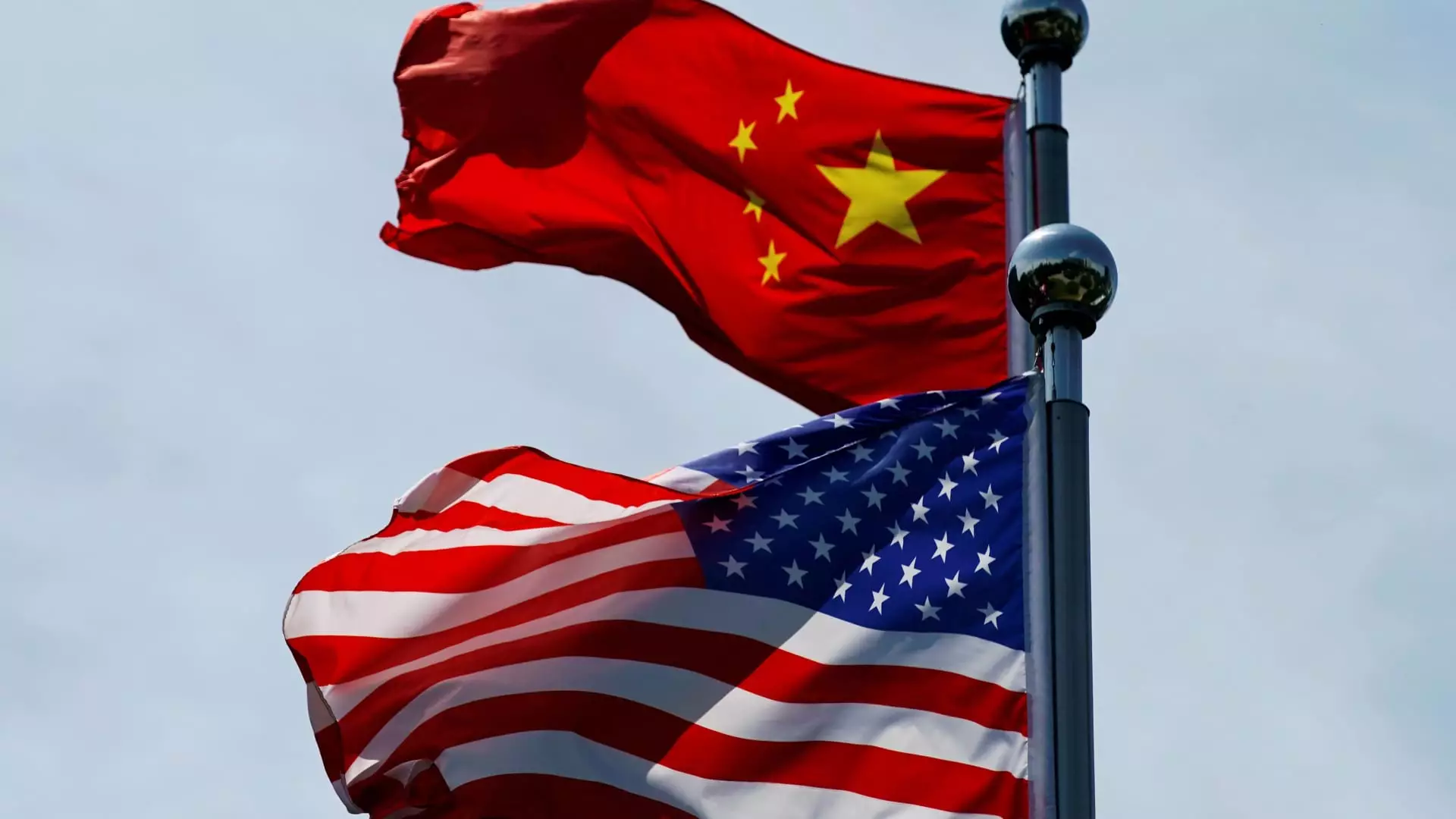In a bold and controversial move, President-elect Donald Trump has announced plans to impose additional tariffs on imports from China, increasing the existing pressures between the two economic giants. Through a post on his social media platform, Truth Social, Trump revealed his intention to implement a 10% tariff on all Chinese goods entering the United States. This announcement coincides with his commitment to raise tariffs on goods from Mexico and Canada by 25% as part of his broader trade strategy, threatening the very foundations of the North American Free Trade Agreement (NAFTA) which has been in place for decades.
Trump’s justification for the tariffs is strongly rooted in concerns about illegal immigration and the alarming rise in opioid-related deaths, particularly those linked to fentanyl. According to Trump, the importation of drugs from China and Mexico has spiraled out of control. He cited conversations with Chinese officials that have allegedly yielded little progress in curbing this trade. The synthetic opioid fentanyl, produced predominantly in China, has left a devastating mark on American society, causing tens of thousands of overdose fatalities each year. The Trump administration claims that without tangible actions from Beijing, additional tariffs are warranted as a financial penalty for their perceived inaction.
In response to Trump’s newfound tariff threats, Liu Pengyu, a spokesperson from the Chinese embassy in the U.S., articulated concerns regarding the implications of trade wars. Liu maintained that the relationship between the U.S. and China is inherently beneficial, emphasizing the mutual interests that both countries share in economic cooperation. Despite Trump’s claims, Liu stressed that both nations have been actively communicating through their counternarcotics teams to tackle the pressing issues related to drug trafficking. This contrast highlights a chasm in perceptions between the two political leaders, revealing the complexity of diplomatic relations.
Market Reactions and Economic Impact
Market analysts have reacted to Trump’s proposed tariffs with a keen understanding of the implications for both economies. For instance, Kinger Lau from Goldman Sachs noted that while a 10% tariff might be lower than what was anticipated previously, the ripple effects on the Chinese economy could be substantial. There is speculation that Beijing may respond with monetary policy adjustments, including lowering interest rates and increasing fiscal stimulus, to cushion the impact of these tariffs. Historically, the interconnectedness of U.S. and Chinese markets means that any significant policy changes can trigger broader economic implications that reach far beyond the two nations.
The Broader Context: Trade Relations within North America
The situation is further complicated by the fact that Mexico and Canada are among the largest trading partners of the U.S., following China. The imposition of hefty tariffs on goods from these countries could unravel over two decades of trade agreements, leading to retaliatory measures that would escalate tensions further. While Trump claims these tariffs are necessary for national security and combating drug trafficking, the potential fallout could destabilize economies that rely heavily on bilateral trade. Analysts argue that the consequences could adversely affect American consumers through higher prices and limited supply options.
As Trump prepares for his inauguration and begins to set his trade policy agenda, the stakes are high for all parties involved. The implementation of increased tariffs is an eye-catching political stunt, but the long-term effects may displace economic balance, leading to a significant reshaping of international trade networks. Stakeholders on both sides of the Pacific will need to navigate these turbulent waters carefully, balancing national interests with the reality of a shared global economy. Ultimately, whether these strategies will bring about the desired outcomes remains to be seen, but the potential for unintended consequences is clear.


Leave a Reply